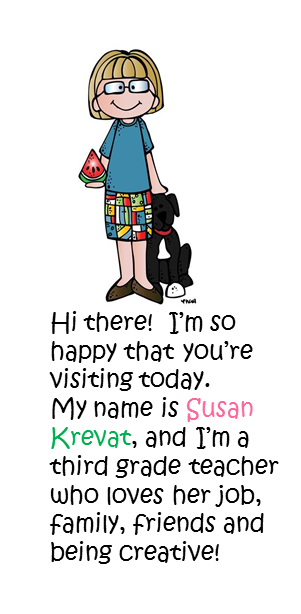How do you teacher science? Have you had professional development about
teaching science? Does your
administration provide you with sufficient and usable resources to teach
science? If so, you are not alone! This article reviews and supports a new and
improved way to teach science: Inquiry
Style Science!
Inquiry science is a collaborative approach to teaching and includes these five steps:
1. Use “Thinking Starters”
The first step of this strategy
is a fun and engaging hands-on activity that introduces/review the science
topic. After the activity, students
generate questions stemming from the activity.
Here are my students building levees to prevent flooding in hurricane prone areas:
 |
| Click here or on the picture to read more about this amazing activity! |
2. Listen to Children’s Ideas
In this step, the teacher
listens (and documents) the students’ own ideas. It doesn’t matter if their ideas make sense,
the teacher needs to accept these ideas to tease out misunderstandings and to
know what needs to be taught/reviewed next.
ideas, teachers can then allow and guide their students to solve the problem needing to be solved.
4. Develop Complex Questions
 In this step, students “dig
deeper, make connections…like the real questions that scientists pursue.” Of course, my students never run out of
questions to ask!
In this step, students “dig
deeper, make connections…like the real questions that scientists pursue.” Of course, my students never run out of
questions to ask!
5.
Document and Reflect
Students now write and/or draw
the important details they discovered during this whole inquiry-based process
in order to remember and be able to revisit their findings.
My
Thoughts
I LOVE inquiry-based teaching and
learning! I did cringe though when I
read how science used to be taught using a textbook and learning vocabulary ~
that’s how I’ve been teaching science for years.
Luckily, we’ll be starting a new program
next year: STEMscopes!
This new program utilizes hands-on experiences throughout the whole
learning process. At the end of last
year, we completed the Weather and Climate unit. My students’ favorite part was building a
levee to prevent a flood. The kids
worked in small groups, and they all figured out how to prevent the water from
breaking the levee (although some needed a second try!). In addition, we received all the materials
needed to construct the levee which was an enormous help!
What about you? How do you teach science? What program do you use?
What about you? How do you teach science? What program do you use?

























Great post! And I LOVED reading about the levees. I plan to try that next year. In my district, we've received almost no training. We've been focusing on PD around Writer's Workshop and Reader's Workshop. We've slowly started to get some supplies, but we really need to update our curriculum. STEMscopes sounds pretty cool. Our school is going to subscribe this year to Mystery Science. Not exactly a curriculum, but a good resource nonetheless. Thanks for sharing!
ReplyDeleteJan
Laughter and Consistency
I know! That's why I took a Science class this summer so I can feel a little more prepared. Science and social studies end up on the back burner ~ although I think social studies will always be my favorite!
Delete